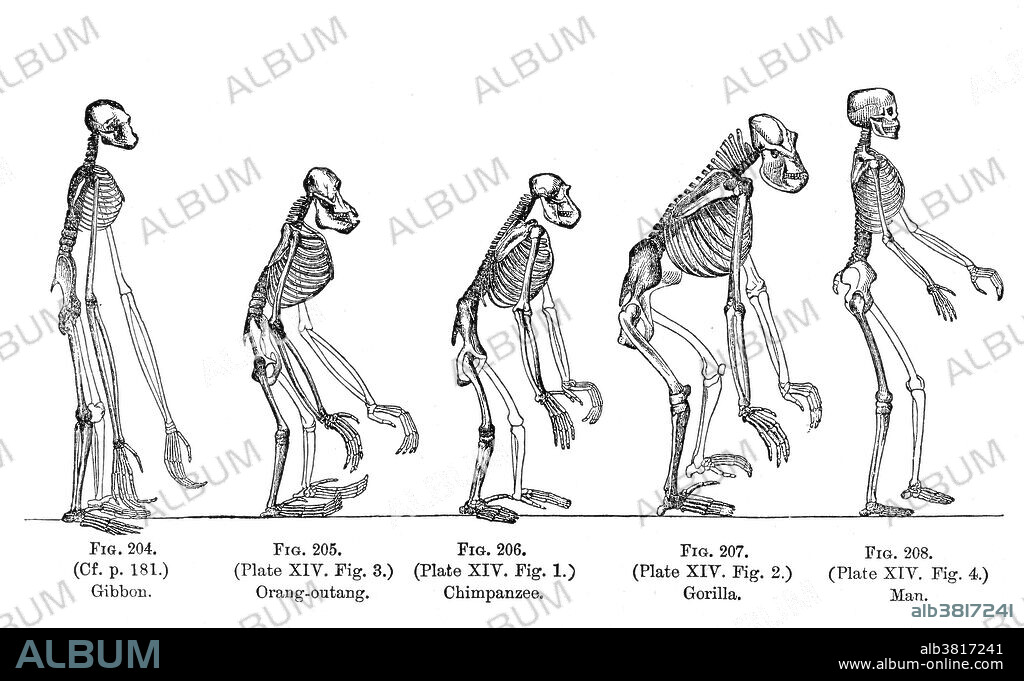alb3817241
Ernst Haeckel, Evolution of Man, 1879

|
Añadir a otro lightbox |
|
Añadir a otro lightbox |



¿Ya tienes cuenta? Iniciar sesión
¿No tienes cuenta? Regístrate
Compra esta imagen.
Selecciona el uso:

Título:
Ernst Haeckel, Evolution of Man, 1879
Descripción:
Ver traducción automática
The Evolution of Man, 1879. A popular exposition of the principal points of human ontogeny and phylogeny by Ernst Haeckel. The naturalist Ernst Haeckel (1834- 1919) was a German biologist, naturalist, philosopher, physician, professor and artist who discovered, described and named thousands of new species, mapped a genealogical tree relating all life forms, and coined many terms in biology, including anthropogeny, ecology, phylum, phylogeny, and the kingdom Protista. Haeckel promoted and popularized Charles Darwin's work in Germany, though he and Darwin did not always agree. Haeckel's racist views, though not exceptional for the time, were incorporated into his scientific work. Haeckel wrongly believed that the gibbon, like the other primates shown here, was a close relative of humans, because it is the only ape which always moves upright on two legs.
Crédito:
Album / Science Source / Wellcome Images
Autorizaciones:
Modelo: No - Propiedad: No
¿Preguntas relacionadas con los derechos?
¿Preguntas relacionadas con los derechos?
Tamaño imagen:
5118 x 3138 px | 45.9 MB
Tamaño impresión:
43.3 x 26.6 cm | 17.1 x 10.5 in (300 dpi)
Palabras clave:
1800S • 1879 • ALEMAN • ALEMANA • ALEMANES • ARTE • BLANCO Y NEGRO • CIENCIA • DIBUJO • ESQUELETO • EVOLUCION • EVOLUCIONISTA • GIBON • GORILA • GRABADO • HISTORIA • HISTORICO • HOMBRE • ILUSTRACION • MASCULINO • MONO (PRIMATES) • OBRA DE ARTE • ORANGUTAN • PERSONA • PRIMATE • PRIMATES • PROGRESIÓN • RETRATO DE HOMBRE • SECUENCIA • SIGLO XIX • SIMIO • TEORIA
 Pinterest
Pinterest Twitter
Twitter Facebook
Facebook Copiar enlace
Copiar enlace Email
Email
